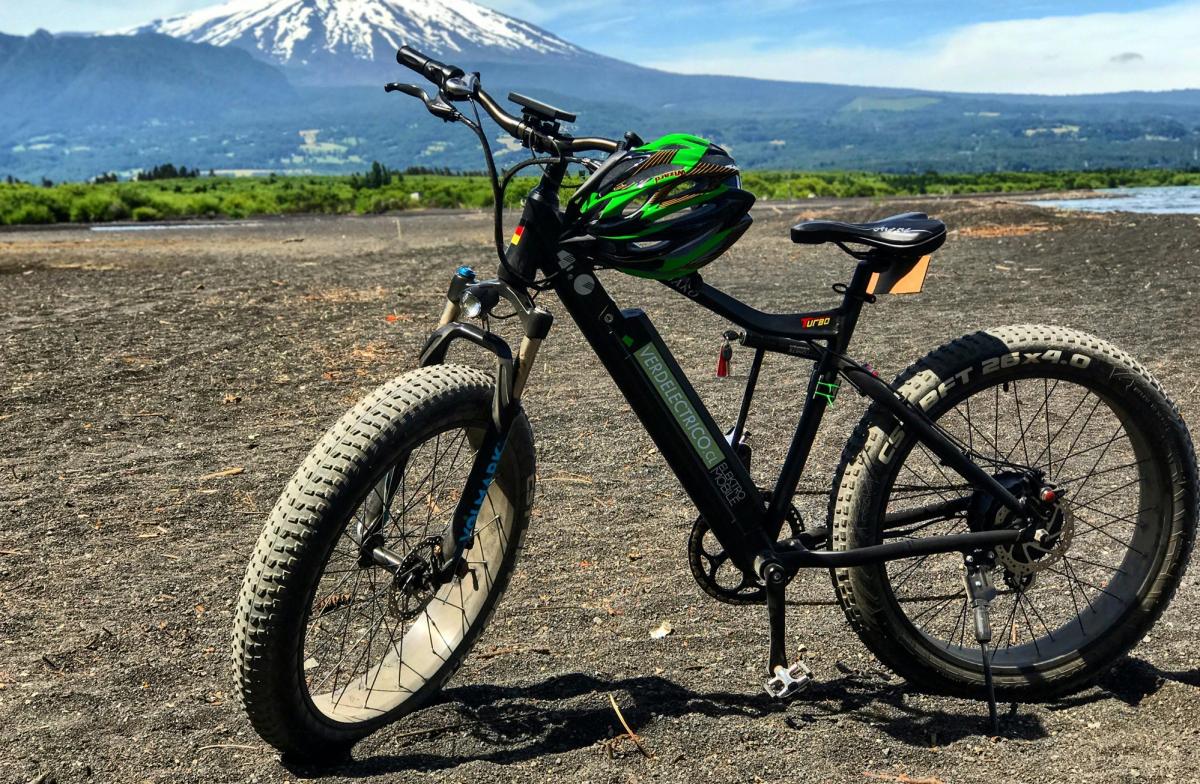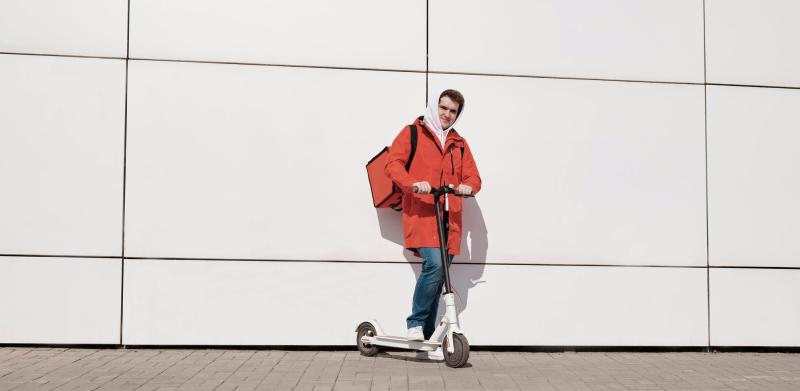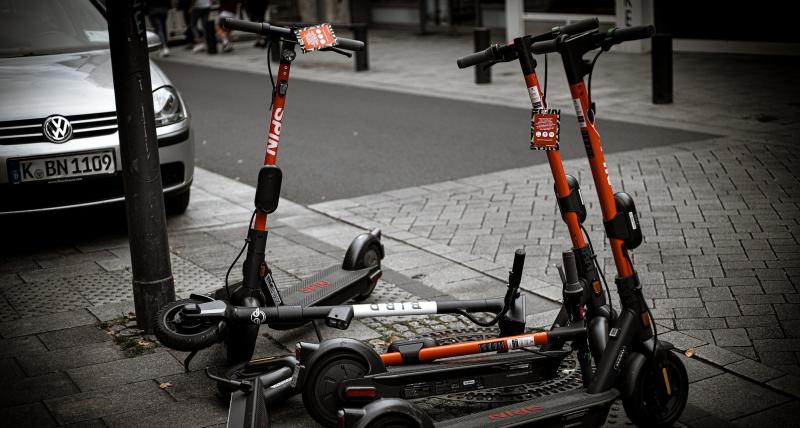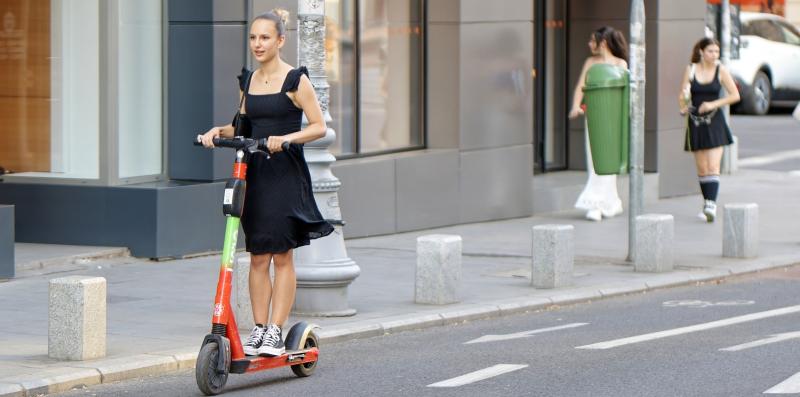Long-distance touring on an electric bike offers an exciting way to explore new places with less effort and more comfort. But not all e-bikes are built for extended rides. To make sure you’re well-equipped for long-distance adventures, it’s essential to choose an electric bike that has the right combination of range, durability, and comfort. This guide will walk you through the key factors to consider when choosing an electric bike for long-distance touring.
What to Look for in an Electric Bike for Long-Distance Touring
Electric bikes come in a variety of styles, each with features suited for different types of riding. When it comes to long-distance touring, certain elements like battery capacity, motor power, and ergonomic design become even more important. Let’s dive into the essential aspects to keep in mind when selecting your ideal touring e-bike.
1. Battery Capacity and Range
One of the most crucial factors for long-distance touring is the e-bike’s battery capacity. A larger battery allows you to cover more distance without needing frequent recharges:
- Battery Size: Look for batteries with a capacity of at least 500Wh (watt-hours) for decent long-distance performance. If possible, consider higher-capacity batteries, such as 750Wh or 1000Wh, which provide extended range.
- Removable Battery: Opt for an e-bike with a removable battery. This allows you to carry a spare battery for extra range or remove it for convenient charging at your destination.
- Dual Battery Capability: Some e-bikes offer a dual battery setup, which doubles the range and makes it easier to tackle long tours without frequent stops for recharging.
Pro tip: Check the manufacturer’s estimated range for each battery charge and consider how far you plan to travel on average each day.
2. Motor Power and Torque
The motor on an e-bike plays a significant role in performance, especially when riding uphill or with a loaded bike for touring. Here’s what to consider:
- Mid-Drive Motor: Mid-drive motors are positioned near the pedals and offer better weight distribution, making them ideal for long-distance riding. They provide efficient power, especially on steep or challenging terrain.
- High Torque: Look for motors with higher torque, measured in Newton meters (Nm). For long-distance touring, a motor with at least 60Nm torque is preferable, as it offers better assistance on hills and when carrying luggage.
- Motor Power: For optimal performance, choose a motor rated at 500W or higher. This ensures you’ll have enough power for long rides and challenging terrains.
Best practice: Consider the types of terrain you’ll encounter on your tours and select a motor with the power and torque to handle those conditions.
3. Comfortable Geometry and Ergonomics
Comfort is key when you’ll be spending hours on your e-bike. The right frame geometry and ergonomic features can make a big difference:
- Upright Riding Position: Look for an e-bike that promotes an upright riding position. This reduces strain on your neck, back, and shoulders during long rides.
- Adjustable Handlebars: Handlebars that can be adjusted to suit your riding style help maintain comfort over long distances. Swept-back handlebars offer a relaxed grip that’s ideal for touring.
- Suspension: A bike with front suspension or full suspension (front and rear) absorbs shocks from rough terrain, making for a smoother, more comfortable ride.
Pro tip: Test ride a few e-bikes if possible to see which one offers the most comfortable fit for your body.
4. Sturdy Frame and Build Quality
Long-distance touring requires a durable bike that can withstand extended use and varying road conditions. Here’s what to look for in terms of frame and build:
- Aluminum or Steel Frame: Aluminum frames are lightweight and resistant to rust, making them ideal for touring. Steel frames are also durable and absorb shocks well, but they are heavier.
- Weight Capacity: Check the maximum weight capacity of the e-bike, especially if you plan to carry bags or other equipment. A high weight limit ensures the frame and components can handle your load.
- Quality Components: Look for reliable brands for components such as brakes, gears, and wheels. High-quality components provide durability and reduce the need for maintenance during your tour.
Best practice: Choose a frame material and design that align with the terrain and conditions you expect to encounter on your tours.
5. Reliable Brakes and Gears
Efficient brakes and gears are essential for long-distance rides, especially when navigating hilly or challenging terrain:
- Hydraulic Disc Brakes: Hydraulic disc brakes offer strong stopping power, even in wet or steep conditions. This type of brake requires less effort to engage, which is beneficial on long rides.
- Wide Gear Range: A wide range of gears allows you to tackle hills with ease and ride efficiently on flat terrain. Look for at least an 8-speed gear system, with more gears providing greater versatility.
- Shifter Quality: High-quality shifters ensure smooth and reliable gear changes, reducing strain on your drivetrain and making for a more pleasant ride.
Pro tip: Test the brakes and gears to ensure they’re responsive and easy to operate before committing to a specific e-bike model.
6. Tire Type and Size
Long-distance touring can involve a variety of surfaces, from smooth roads to gravel paths. Choosing the right tires can improve comfort and control:
- Fat Tires: Fat tires (2.5 inches or wider) provide excellent stability and cushioning on uneven surfaces. They’re ideal for mixed-terrain tours.
- Puncture-Resistant Tires: Opt for tires with built-in puncture protection to minimize the risk of flats, which can be inconvenient during a long-distance ride.
- Larger Diameter: Larger tires (such as 28 inches) provide smoother rolling over rough surfaces and are well-suited for touring.
Best practice: Choose tires that match the terrain you’ll be riding and consider carrying a spare tube or patch kit for emergencies.
7. Battery Charging and Power Management
Long tours require careful power management to ensure your battery lasts. Here’s how to handle battery charging and power on the go:
- Fast Charging Capability: Some batteries offer fast charging options, allowing you to recharge quickly during breaks. Look for fast-charging compatible batteries for quicker turnaround times.
- Multiple Charging Points: Plan your route with charging locations in mind, especially if you’re covering long distances each day.
- Eco Mode: Many e-bikes offer an eco or low-assist mode, which extends battery life by using less power. Use eco mode on flat terrain to conserve energy for steeper sections.
Pro tip: Bring a portable charger or backup battery if you’re planning multi-day tours with limited access to power.
8. Accessories for Long-Distance Touring
Equipping your e-bike with the right accessories can make a big difference in comfort and convenience during long rides:
- Rear Rack and Panniers: A sturdy rear rack allows you to attach panniers, which are ideal for carrying gear, clothing, and food without needing a backpack.
- GPS and Navigation Mount: For navigation, consider adding a phone or GPS mount on your handlebars, allowing you to follow routes without stopping.
- Lights and Reflective Gear: Equip your bike with front and rear lights, as well as reflective stickers or tape for increased visibility, especially for early morning or late evening rides.
- Water Bottle Holder: Staying hydrated is essential on long rides, so install a water bottle holder within easy reach.
Best practice: Choose high-quality accessories that can withstand rough use and frequent exposure to outdoor elements.
Real-Life Example: Selecting an E-Bike for a Long-Distance Tour
Emma, an avid traveler, was planning a 200-mile bike tour across mixed terrain. She chose an e-bike with a 750Wh battery for extended range, a mid-drive motor with high torque for hilly sections, and fat tires for added stability on gravel paths. By equipping her bike with a rear rack, panniers, and a GPS mount, Emma was well-prepared for the long journey and enjoyed a comfortable, scenic adventure without worrying about running out of power or storage space.
Conclusion: How to Choose an Electric Bike for Long-Distance Touring
Choosing the right electric bike for long-distance touring involves careful consideration of battery range, motor power, frame comfort, and essential accessories. By focusing on these factors, you can find an e-bike that offers the durability, comfort, and performance needed for extended journeys. With the right e-bike, you’ll be ready to embark on your next adventure with confidence and ease.



